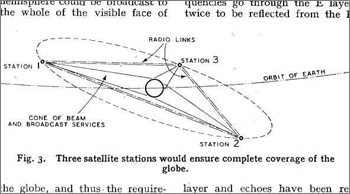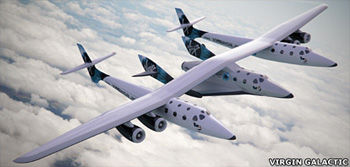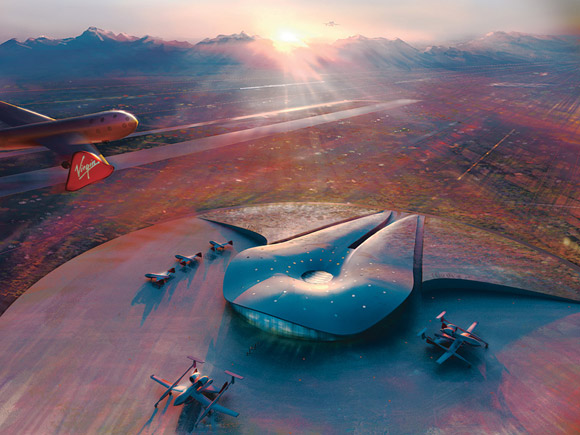Following established mainstream media tradition, my year-in-review pieces will start appearing well before Christmas. He’s a list of the most-read items on this website for (most of) 2008.
- Heath Ledger dead: jokes here please. It’s rather depressing to discover that my tasteless little experiment was this year’s highlight. Maybe I should’ve put advertising on this page.
- So this is human sexuality?
- How do you treat your staff? Like 37signals, or like this prick?
- Topic 9 to discuss Australia 2020 Summit’s government topic. This is actually spurious, as most hits are from link-following robots attempting to spam my blog at topic9.com.au (which has been since been abandoned).
- 67 Australian SAS captured airbase defended by 1000, though most of this traffic is to see the photo. The miltech fanboys are incapable of hosting their own photos, it seems, because most of their troll-filled forums don’t allow people to upload photos. Dark Ages.
- About Stilgherrian, which would seem to be a popular second page for people to visit once they’ve arrived here for other reasons.
- Corey Delaney, freedom fighter (for the right to party) — and increasingly I think Mr Corey Worthington Delaney is one of the true heroes of 2008. But not thereafter.
- Spaceport America, designed by Foster+Partners.
- Jason Calacanis and the Evil Cult of the Internet Start-up.
- Achtung! Die grosskapitalistischen Hühner kommen!
As with last year’s list, I’m somewhat disappointed with the results. I’ll therefore choose my own selection of “best” posts, just like I did last year.

 Bugger. The Space Age ended today.
Bugger. The Space Age ended today. 

